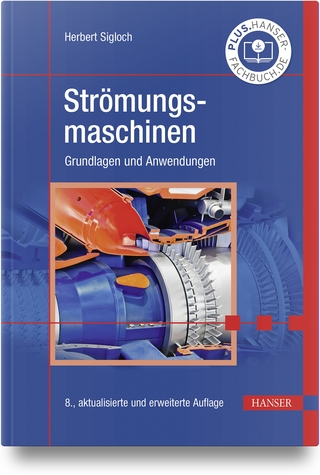
Fluid Mechanics for Petroleum Engineers
Elsevier Science Ltd (Verlag)
978-0-444-98668-9 (ISBN)
- Titel ist leider vergriffen;
keine Neuauflage - Artikel merken
Written primarily to provide petroleum engineers with a systematic analytical approach to the solution of fluid flow problems, this book should nevertheless be of interest to geologists, hydrologists, mining-, mechanical- or civil engineers. It provides the knowledge necessary for petroleum engineers to develop design methods for drilling, production and transport of oil and gas. Basic mechanical laws are applied for perfect fluid flow, Newtonian fluid, non-Newtonian fluid, and multiple phase flows. Elements of gas dynamics, a non-familiar treatment of shock waves, boundary layer theory and two-phase flow are also included.
Part 1 Flow properties of fluids: the fluid state; the continuum models of fluids; variables of state; conductivity coefficients. Part 2 Kinematics: Eulerian and Lagrangian description of fluid motion; the velocity field; the acceleration field; motion of an infinitesimal fluid particle; rotational motion, vorticity field; relationships between the acceleration and the vorticity; the transport theorem - the material derivative of a volume integral over a volume of flowing fluid. Part 3 Balance equations: the principle of conservation of mass; the balance of momentum; the balance of angular momentum; the balance of kinetic energy; the principle of conservation of energy; the balance of entropy; mechanical equilibrium of fluids. Part 4 Perfect fluid flow: the perfect fluid; Euler's equation; the Bernoulli equation; simple applications of the Bernoulli equation; the Cauchy-Lagrange integral of Euler's equation; Kelvin's vortex theorem; the law of conservation of energy for perfect fluid flow; the Vazsonyi-Crocco equation; small perturbations at the speed of sound; dynamical similarity of ideal gas flows; critical flow variables; variation in area for isentropic flow; high velocity gas flow in pipes with friction. Part 5 Shock waves in compressible flow: shock surfaces; kinematics of motion of singular surfaces - the speed of displacement; weak singular surfaces in compressible flow; discontinuous balance equations at a shock surface; balance equations at a shock surface; changes in the variables of state across a shock surface; speed of propagation of shock surfaces; the jump in the variables of state as a function of the Mach number; shock surfaces in steady supersonic planar flow. Part 6 Laminar flow: the flow of viscous fluids; the Navier-Stokes equation; the balance of kinetic energy for laminar flow; the balance of internal energy for laminar flow; dynamical similarity; some general properties of incompressible viscous flow; steady incompressible flow in a cylindrical pipe; steady incompressible laminar flow in annuli; elementary boundary-layer theory; resistance of a solid sphere in laminar flow; free convection. Part 7 Turbulent flow: the nature of turbulent motion; Reynold's equation - the balance of momentum for turbulent flow; the balance of kinetic energy for turbulent flow; determination of the apparent turbulent shear stress according to the mixing length theory; turbulent flow through pipes; turbulent boundary-layer flow; turbulent flow in annuli. Part 8 One-dimensional pipe flow: one-dimensional approximation for flow in pipes; basic equations for one-dimensional flow in pipes; criteria for laminar, transitional and turbulent flow; head loss in straight cylindrical pipes; head losses resulting from fittings; pressure loss of a low velocity gas flow. (Part contents)
| Erscheint lt. Verlag | 25.3.1993 |
|---|---|
| Reihe/Serie | Developments in Petroleum Science ; v.32 |
| Zusatzinfo | references, index |
| Verlagsort | Oxford |
| Sprache | englisch |
| Themenwelt | Naturwissenschaften ► Physik / Astronomie ► Strömungsmechanik |
| Technik ► Elektrotechnik / Energietechnik | |
| Technik ► Maschinenbau | |
| ISBN-10 | 0-444-98668-5 / 0444986685 |
| ISBN-13 | 978-0-444-98668-9 / 9780444986689 |
| Zustand | Neuware |
| Haben Sie eine Frage zum Produkt? |
aus dem Bereich


